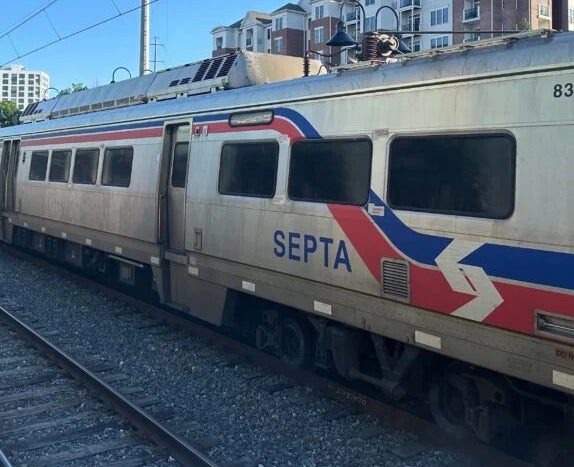Commuter Chaos: SEPTA Cuts Threaten Main Line Transit Lifeline

A potential blow to local transportation could devastate the economic landscape of Wayne and surrounding communities. The Wayne Business Association president has sounded a stark warning about the proposed elimination of the Paoli/Thorndale Regional Rail line, emphasizing the critical role this transit route plays in supporting local businesses and community connectivity.
The proposed rail line cut threatens to create a ripple effect of economic disruption, potentially severing a vital transportation artery that countless commuters and businesses depend on daily. By potentially removing this essential transit option, the region risks significant economic setbacks, reduced mobility for workers, and diminished accessibility for local enterprises.
Business leaders argue that the Paoli/Thorndale line is more than just a transportation route—it's a lifeline that supports local economic vitality, enables workforce mobility, and connects communities. The potential elimination could trigger a cascade of negative consequences that extend far beyond simple transportation logistics.
Community stakeholders are urging transportation authorities to carefully reconsider the proposed cuts, highlighting the rail line's importance to the region's economic and social infrastructure.
